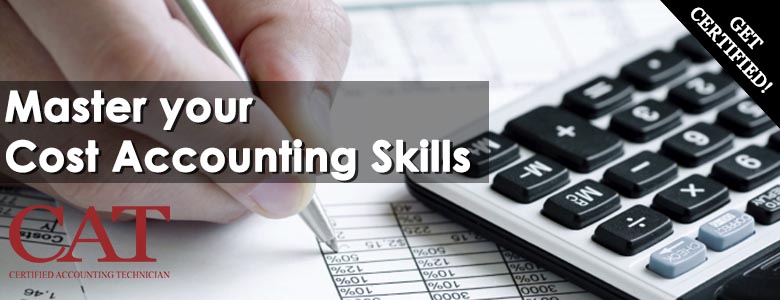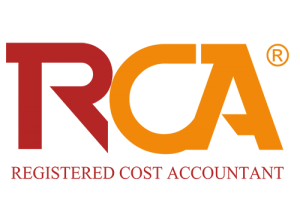Helpful Links
Spread the word! Share this:

| Expand your career potential with a globally recognized certification Become a Certified Accounting Technician® to be part of a network of over 100,000 credentialed peers worldwide |
|
| Join the CAT® Level 2 (Cost Accounting) Program | |
| (8:30 am - 12:30 pm) / NIAT HQ, Ortigas, Pasig City | |
|
Certified Accounting Technician (CAT®) Program The CAT® Program is a globally recognized program of the National Institute of Accounting Technicians (NIAT) that grants the CAT® designation to the successful professional here and abroad. The CAT® Program focuses on developing a strong base of technical accounting knowledge and skills; analytical, organizational and inter-personal skills; and professional values essential for today’s successful accounting professionals. The CAT® Program is designed to be an intensive accounting program that will equip the participant all the necessary skills for real life accounting work. The CAT® Program is recognized to be equivalent to the CAT® designations of different institutes around the world, giving NIAT's CAT®s access to membership resources, and recognition in countries such as Canada, United Kingdom, Australia, New Zealand, Europe, Hong Kong, China, Singapore, Malaysia, India, and the Middle East. The Benefits of CAT® to You
CAT® Level 2 Program Syllabus - Cost Accounting The CAT® Level 2 Program is designed to nurture the learning process and provide you with well presented and structured course. The qualification itself has been split into five modules for ease of learning. Each module contains set of drills and real-life cases for you to assess how well you are progressing. The Program is also accredited by the Institute of Certified Management Accountants (ICMA) in Australia, wherein CAT® Level 2 passers are eligible to become a Registered Cost Accountant®. |
|
Program Outline |
|
|
Module 1: Understanding Management Information
Module 2: Accounting for Materials, Labor, and Overhead Costs
Module 3: Accounting for Materials, Labor, and Overhead Costs
|
Module 4: Budgeting for Planning and Control
Module 5: Estimating Costs and Revenues for Decision-Making
|
|
What they say about Registered Cost Accountant Program? "This four-day program is a good refresher course for CPA’s. This reaffirms that my role as a Cost Analyst does not end in the mathematical computation of cost and variances but being able to translate those financial information to a language that will be useful for management decision making. True to the concept of Management by Exception, I hope to be able to filter the many financial informational handle in my work, such that uses of my reports/output can better evaluate and act on those that will produce more positive impact for the company." Anne Margrette P. Jariol "I am thankful that I have decided to attend for the RCA program. This is very essential especially that I am interested to work in a manufacturing company. Thus, topics on cost behavior, cost accumulation, forecasting, budgeting, overhead and standard costing is relevant to my present job." Jean Shiela B. Tataro "The RCA program is of great help to me to refresh my costing knowledge that I can apply to my current work. I can highly recommend it to my college so they can benefit also to the learnings that I’ve got here. Thanks NIAT." Ernielyn Nieva "CAT Level 2 program offers a great venue, opportunities and career advancement. It helps a lot in broader your knowledge and import ideas with their industry." Gina Alano |
|




